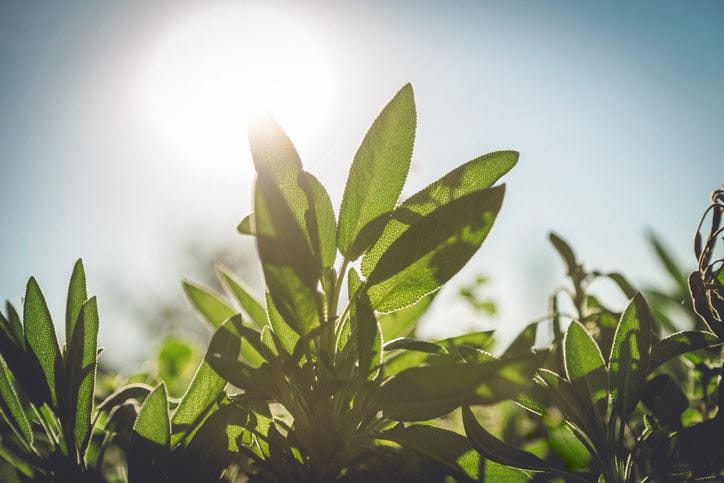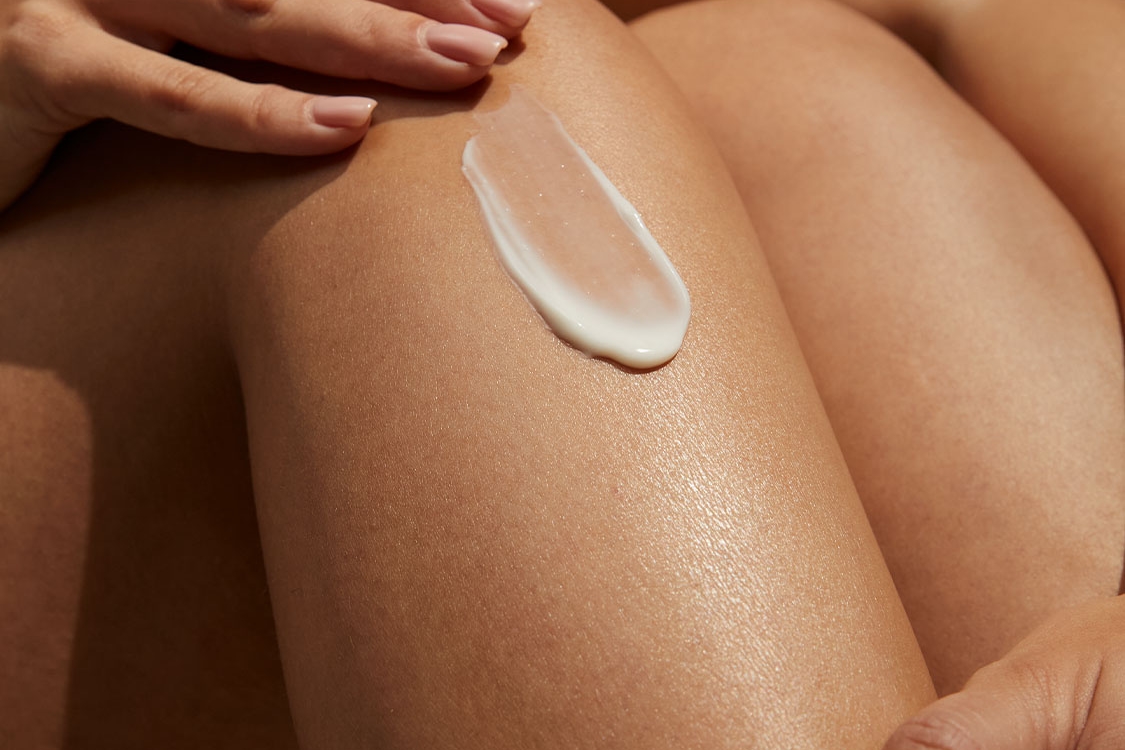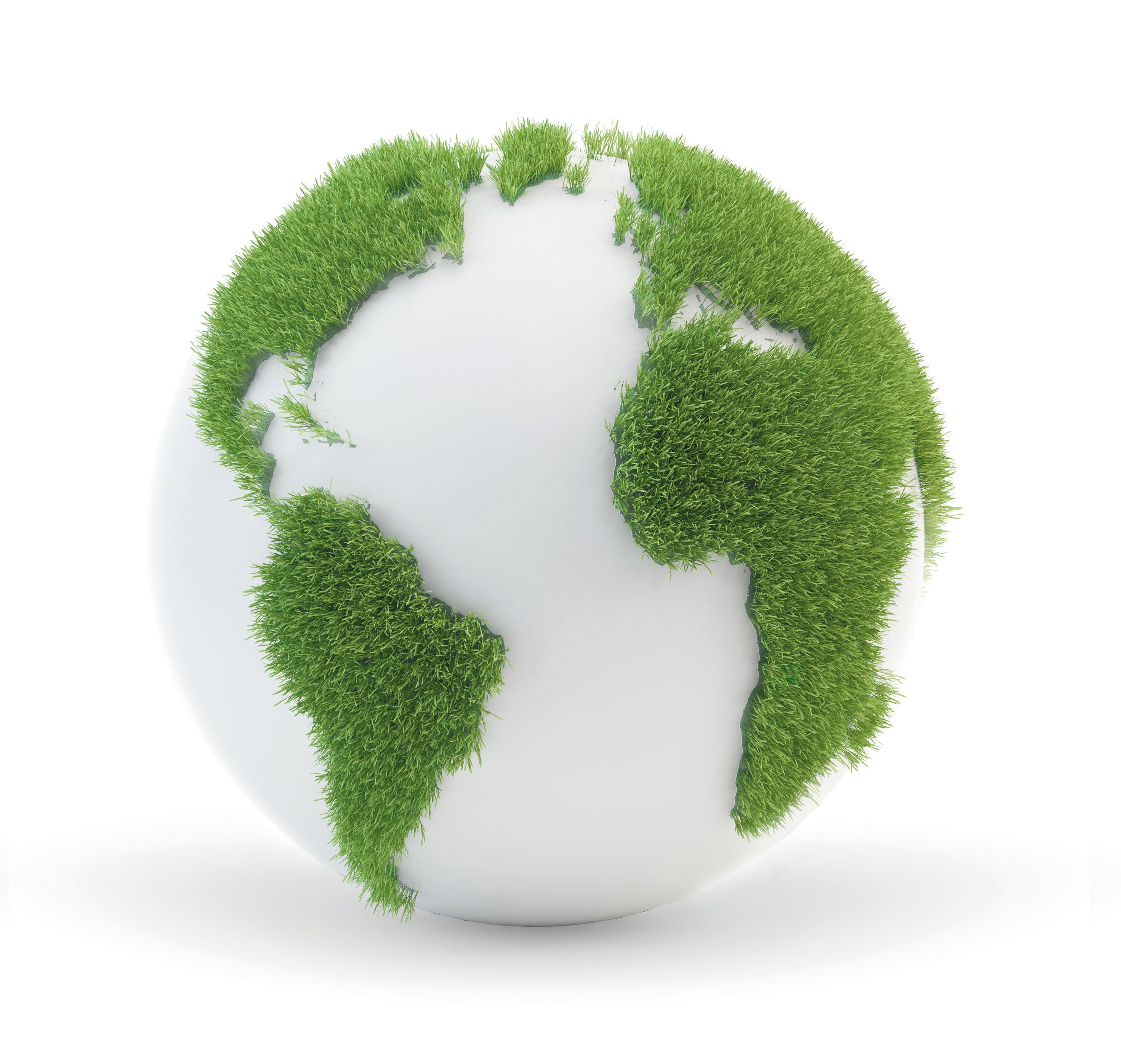
Sustainable Sourcing & Producing
Sustainable sourcing & producing NIVEA’s skincare
We’re excited to share with you how we sustainably source our ingredients and produce our skincare below.
Responsible Sourcing
Deforestation-friendly products
Sustainable Palm Oil Sourcing
How NIVEA produce our skincare products
Naturally, our commitment to protect our planet and our communities also extends to the way we produce NIVEA skincare. We strive to decrease our CO2 footprint, save energy, and ensure good working conditions for everyone involved in making NIVEA products.
Creating NIVEA products is a joint effort, and we feel responsible for everyone involved. Our Code of Conduct for business partners sets high standards for our suppliers and subcontractors – the same high standards we adhere to.
We are committed to protecting human rights and do not tolerate any forms of forced or child labour, corruption or discrimination in our operations and supply chain. We do not just make demands – we also help our suppliers establish sustainable supply chains. For NIVEA, helping others to protect our planet is an opportunity to make a positive collective impact.
Learn more about NIVEA’s values & commitments.



